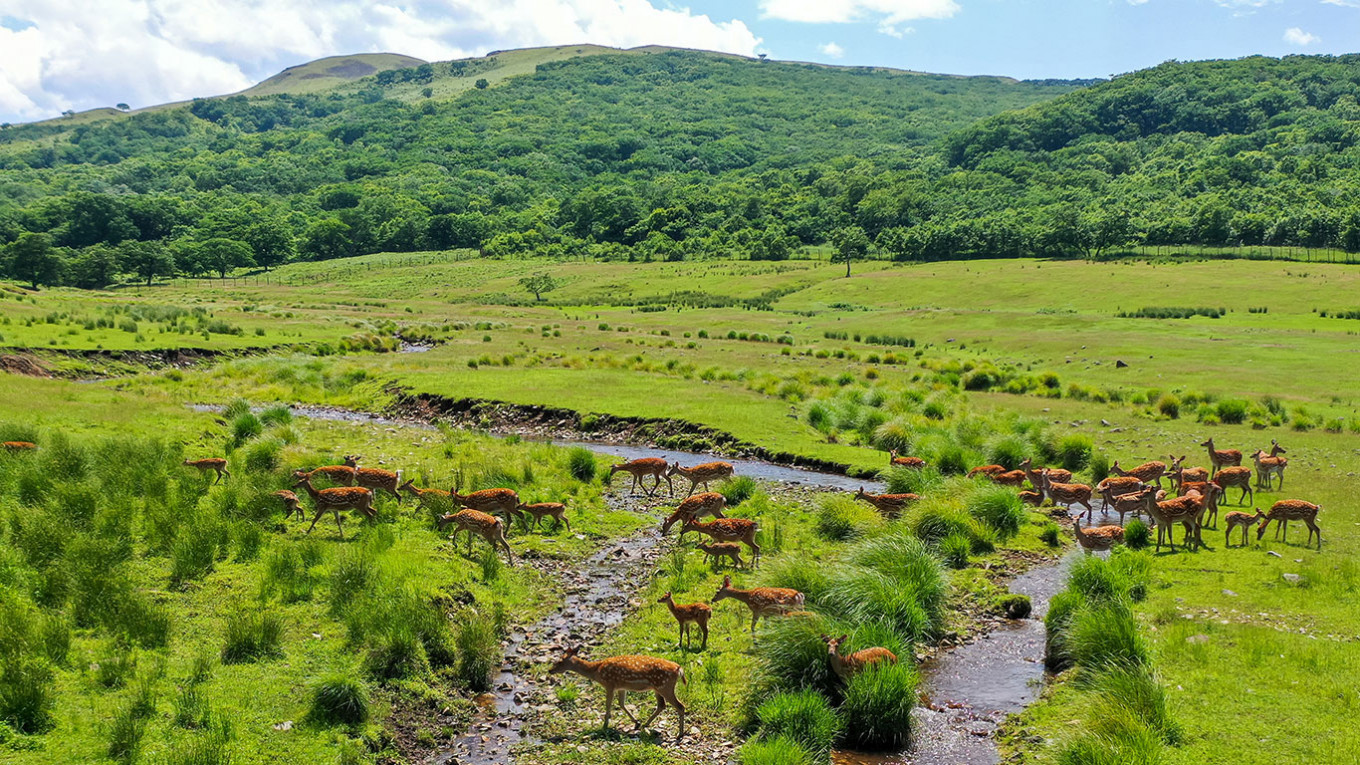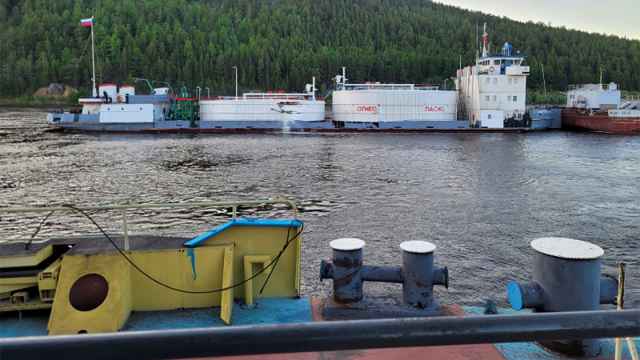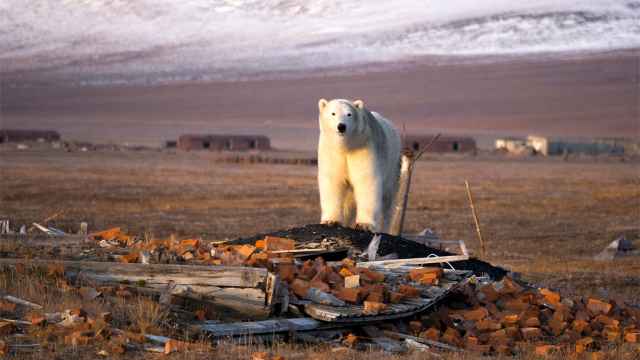Eleven endangered species are now “likely extinct” within Russia, according to a Ministry of Natural Resources and Ecology assessment cited by the Kommersant business daily.
These species include the European sea sturgeon, crested ibis, western capercaillie, Jankowski's Bunting, monk seal, onager and Przewalski's horse, the assessment said.
While overhunting and poaching put the European bison (or zubr) and Siberian tiger on the brink of extinction in the first half of the 20th century, these species’ populations have since grown tenfold or more thanks to successful conservation efforts, restoring their role in their ecosystems, the ministry said.
The same has not been true for Przewalski's horse, which has been classified as likely extinct since the 1970s despite ongoing efforts to reintroduce the horses into the wild in the Orenburg region near Kazakhstan.
In some cases, Red Book species are threatened by the government’s own actions, experts from the Greenpeace environmental NGO claim.
In August, Russian lawmakers passed legislation that allows endangered species to be killed if they threaten human or domesticated animal populations.
“This [new law] is very corrupt, in our opinion,” Greenpeace expert Mikhail Kreindlin told the Govorit Moskva radio station. “First and foremost, it permits trophy hunting.”
The Russian government also recently permitted the construction of a new highway through the Volga-Akhtuba Floodplain, a national park where many Red Book species live, Greenpeace says. Activists have asked the Prosecutor General's Office to look into the highway as a potential breach of environmental protection law.
Nine species (including the aurochs, steppe tarpan and Steller's sea cow) have gone completely extinct in the last 400 years in Russia.
Russia’s Red Book of rare and endangered species lists 443 animal and 676 plant species. When it was last updated in March 2020, the Red Book grew by 43 species, subspecies and populations.
According to the World Wildlife Fund, 68% of the world’s animal population has disappeared in the past 50 years. The planet is now likely entering the Anthropocene age, where life on earth is largely dependent on the actions of just one species, UN IPCC experts concluded in their 2018 report.
UN experts this year named climate change, pollution and biodiversity loss as three interconnected, human-linked crises that are making Earth increasingly unlivable.
While more than 70 nations pledged to protect at least 30% of their territory from human interference by 2030, Russia was not among the signatories.
A Message from The Moscow Times:
Dear readers,
We are facing unprecedented challenges. Russia's Prosecutor General's Office has designated The Moscow Times as an "undesirable" organization, criminalizing our work and putting our staff at risk of prosecution. This follows our earlier unjust labeling as a "foreign agent."
These actions are direct attempts to silence independent journalism in Russia. The authorities claim our work "discredits the decisions of the Russian leadership." We see things differently: we strive to provide accurate, unbiased reporting on Russia.
We, the journalists of The Moscow Times, refuse to be silenced. But to continue our work, we need your help.
Your support, no matter how small, makes a world of difference. If you can, please support us monthly starting from just $2. It's quick to set up, and every contribution makes a significant impact.
By supporting The Moscow Times, you're defending open, independent journalism in the face of repression. Thank you for standing with us.
Remind me later.






